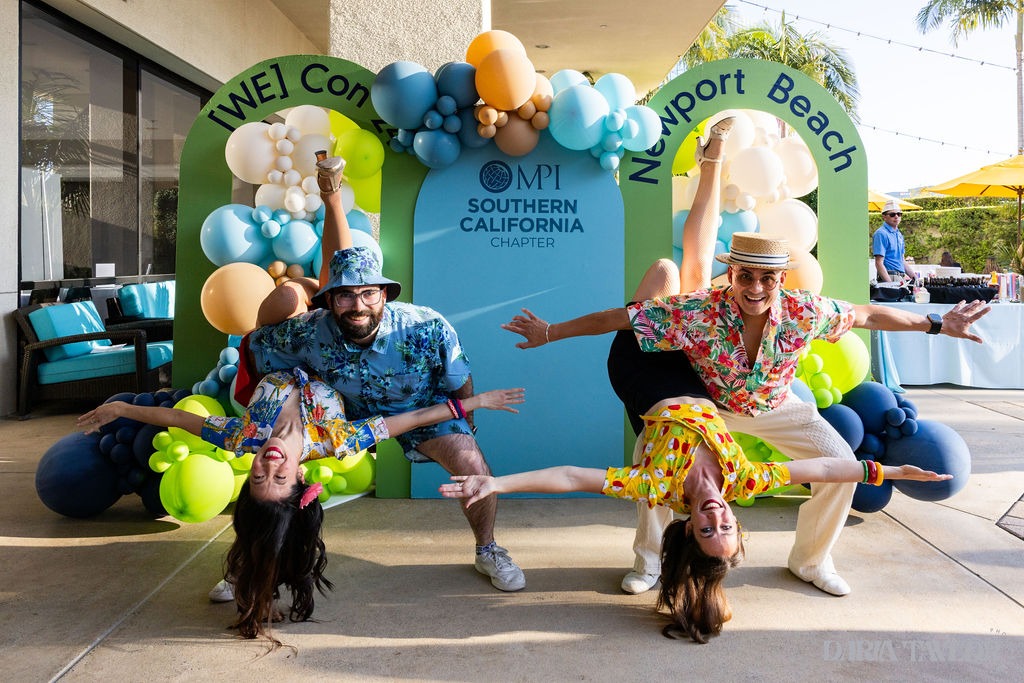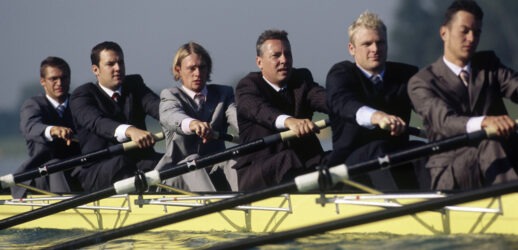Sometimes events could use a refresher. Whether a full re-creation or adding a few small elements, applying changes to an event can elevate its reception entirely. The former is the route MPI’s Southern California Chapter chose with its annual WeCon event, this time held in Newport Beach, California.
“The event was re-invented from the ground up,” says Jennifer Minzey, vice president of education for MPI Southern California. “Much thought and deliberate intent was behind pretty much every aspect—from its creative branding and messaging through a deliberately integrated approach to content development and delivery—and then there were the onsite creative moments of surprise and delight. We engaged the DMO, Visit Newport Beach, early on, and with their guidance and support, we were able to make integral changes to the event.”
The addition of fresh takes from new committee members also played a pivotal role.
Appealing to the Professional and Personal
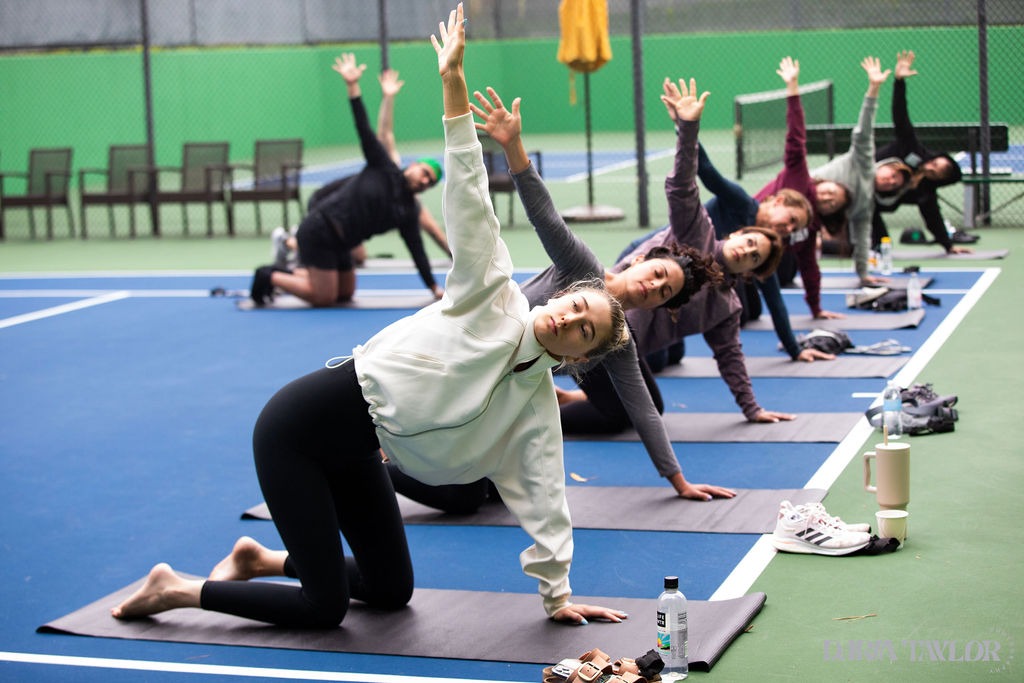
Simply supplying content at events isn’t enough anymore, Minzey says. Creating inviting, holistic environments is the goal. “It takes a lot to get people to come out these days in a post-pandemic world,” she says.
Read More: Check In for Holistic Wellness
“We’re all a bit spoiled. So, when we are creating an event, especially for event planners, we have to appeal to both their professional and personal journeys. The activities were all part of that and more. They fostered a unique connection between all attendees regardless of whether they were planners or supplier.”
The activities Minzey’s referring to include experiences designed to engage and foster camaraderie, like scavenger hunts, a tour around Newport Beach in Moke cars, group fitness classes and a guacamole-making competition.
Smaller Meetings Win Out
Coming out of the pandemic, there was much talk of smaller meetings taking center stage. During that time, the reasons for keeping it cozy were apparent—smaller groups lessened the chances of virus transmission. Now, the reasons to keep small meetings going are less about defending against viral infection and more about creating personalized experiences.
Read More: In Small Meetings We Trust
“Smaller meetings are gaining momentum primarily due to the personalized interaction they facilitate,” Minzey says. “In these settings, each participant has a greater opportunity to contribute, making the discussions more inclusive and detailed. This leads to a richer exchange of ideas, where nuances can be explored more thoroughly than in a larger forum.
“In smaller groups, attendees often feel a heightened sense of comfort and engagement, which can lead to more open and honest dialogue. The intimacy of the setting encourages a level of depth in conversation that is harder to achieve in bigger groups, where voices can be drowned out or participants may feel overwhelmed by the sheer number of people.”
Minzey adds that relationships created in smaller groups tend to be stronger and more meaningful. “The close interaction helps build trust and understanding among participants, paving the way for ongoing professional relationships and collaborations. This can be particularly beneficial in fields where networking and personal connections play a critical role in career development and business opportunities,” she says.
And as sustainability remains a crucial element for an increasing number of event profs and destinations, small meetings make sustainable practices a bit easier to implement, as smaller groups require a little less of, well, everything. As Minzey puts it, “Smaller groups can more easily adopt eco-friendly practices, from reducing waste associated with large-scale events to choosing venues and suppliers that prioritize sustainability.”
Collaborate, Innovate, Empower
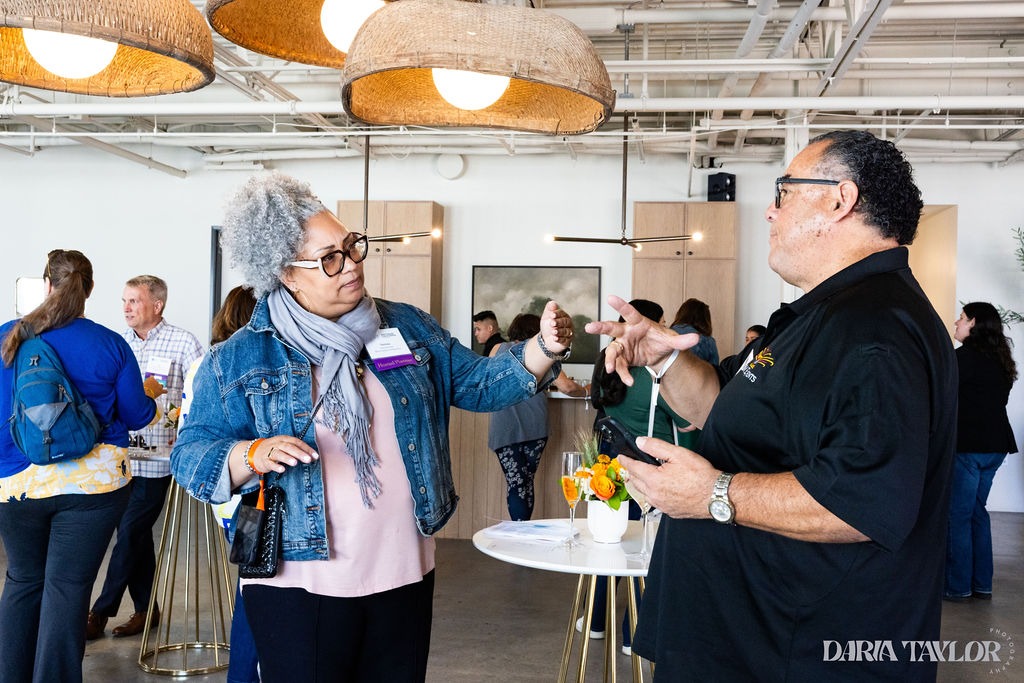
Out of the many lessons learned from this year’s WeCon, Minzey chose to stick to her top three.
No. 1: Collaboration and Partnership
Minzey says the critical role of strong partnerships and collaborations were made apparent at this year’s [WE]Con. “Whether it’s with sponsors, host destinations, local businesses or other organizations, we leveraged these relationships to enhance the scope and reach of the event for the benefit of all,” she says.
Read More: Planner Said: Supplier Said—Hope for A Better Partnership Solution
“For next year’s WeCon, we will continue that…We’ll also continue to focus on working more closely with our technology partners to streamline event logistics. The goal is to leverage these partnerships not only for resources but also for innovative ideas and solutions that can elevate the event experience.”
No. 2: Innovate Marketing
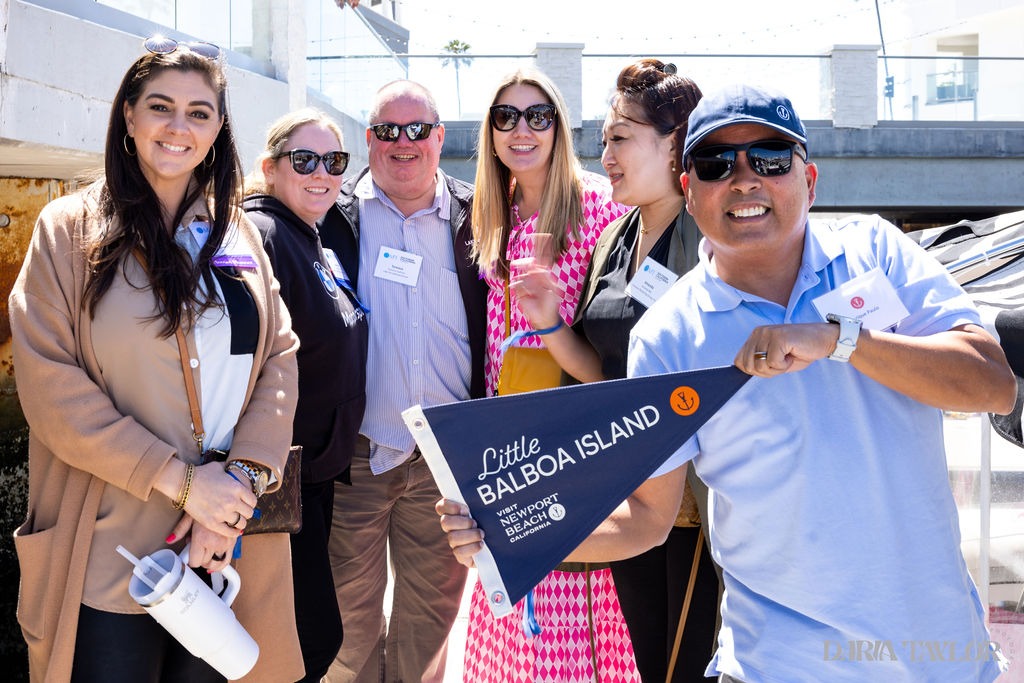 This year provided new insights into which marketing channels and messages resonated most with their audience; and next year, Minzey says they plan to build on that approach.
This year provided new insights into which marketing channels and messages resonated most with their audience; and next year, Minzey says they plan to build on that approach.
WeCon organizers shifted the way they positioned the host city, Newport Beach, highlighting its features and emphasizing its position as a destination, as opposed to just the place in which the conference was held. This was really well received, Minzey adds.
“We’ll also use our extensive survey to better understand our attendee preferences and behaviors, allowing for more targeted and personalized marketing efforts, including using focus groups to better understand what our attendees will be looking for in the future,” she says. “Additionally, our goal here is not only to increase attendance but also to enhance participant engagement before, during and after the conference.”
Minzey and her team understand that their efforts to attract new members and gather more attendees to WeCon are now being directed to a younger professional demographic. This has required them to change how they reach out to prospects.
“We were very deliberate about the creative positioning and messaging in our marketing for this event and the channels we used,” she says. “LinkedIn is our primary social media tool and we catered our campaign to a broad audience with individual and targeted messaging, ensuring we gave everyone one or more reasons to attend. That was supported by a robust email campaign and extensive coverage in our newsletter. We also teased out content on an ongoing basis to keep our audience in the know and our engagement rates were up significantly as a result. Interesting to note that we started our marketing very early which resulted in big attendance numbers right away.”
No. 3: Empowering Fresh Objectives from Committee Members
Minzey encouraged committee members to introduce new objectives and perspectives, designed to foster a novel, exciting experience. “For next year, we want to build on this with regular brainstorming sessions, innovation workshops or maybe even feature a portal where ideas can be submitted and voted on by peers,” she says. “We feel this fosters a sense of ownership and ensures a variety of perspectives that will make the conference more inclusive and diverse.”
